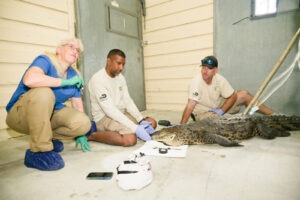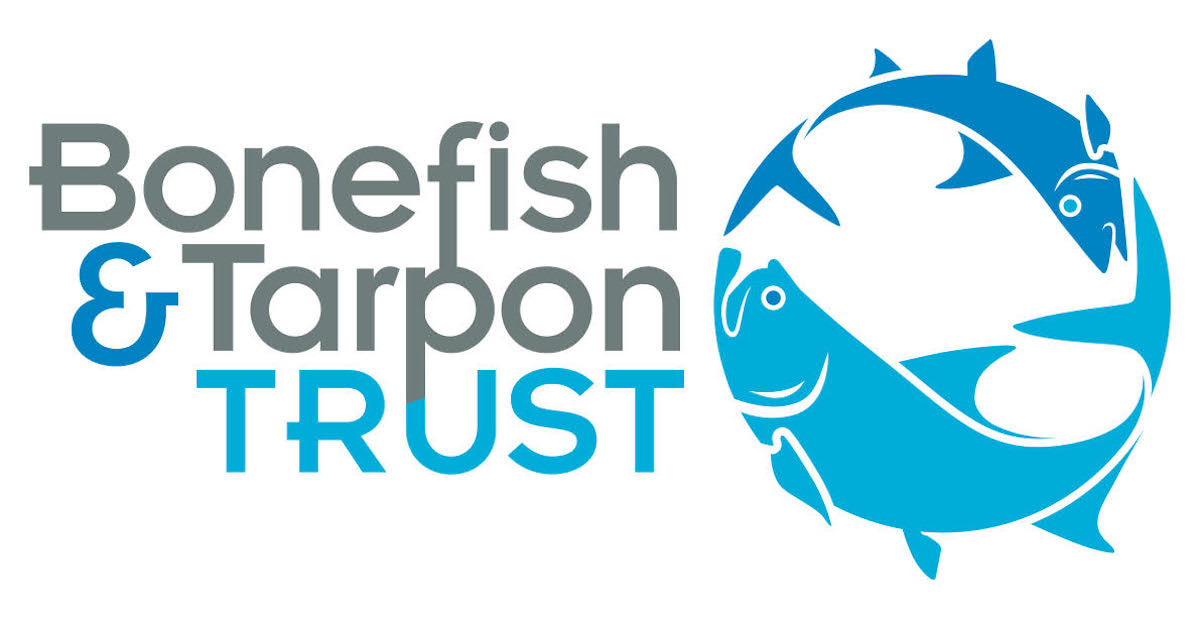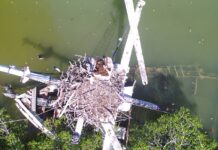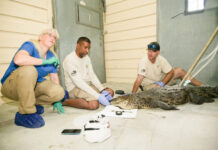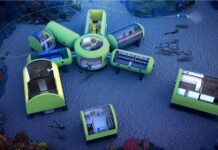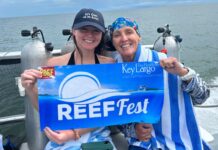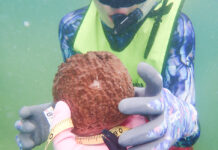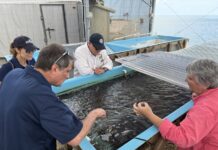Bonefish & Tarpon Trust (BTT) is committed to conservation and restoration of the Florida Keys marine environment and our historically great fisheries for bonefish, tarpon, and permit. A good Florida Keys National Marine Sanctuary management plan can advance these conservation/restoration goals. BTT is pressing for changes to the draft plan, the “Restoration Blueprint”, to assure that the Blueprint achieves these goals.
BTT’s proposed changes are driven by four criteria: (1) good science, (2) the recognized need for conservation/restoration in the Keys, (3) area closures and restrictions on fishing as a management tool to be used when supported clearly by evidence and facts, and (4) catch and release flats fishing for bonefish, tarpon and permit as an environmentally compatible and sustainable activity. Applying these factors can produce a better Sanctuary plan.
For example, BTT is urging the Sanctuary (and the Florida Wildlife Commission) to close the Western Dry Rocks (WDR) during spawning season for permit. On site research reveals fishing the permit spawning aggregations there causes an average of 40% of hooked permit to be killed by sharks before being landed. That level of mortality is unsustainable and diminishes the population of permit found on Lower Keys flats. Hence the demonstrated need for a WDR fishing closure from April through July. BTT is also supporting a set of restrictions – not found in the Sanctuary draft preferred plan — proposed by the Lower Keys Guides Association (LKGA). One would create a pole and troll zone near East Content Key. Boats trying to cut across this large shallow area are chewing it up and driving off the bonefish and permit. Pole and troll zones are open to boats and fishing if access is by poling or a small electric trolling motor. Such zones are employed successfully in the Everglades Park waters of Florida Bay and should be used in other areas of the Keys.
Conversely, a number of Sanctuary proposed closures/restrictions are unwarranted. A series of off limits zones around many islands in the Lower Keys backcountry lack evidence that the closures will produce bona fide conservation benefits. Plus, the U.S. Fish and Wildlife Service, with jurisdiction over these keys, has already determined that fishing in these areas is environmentally compatible. In the Middle Keys, there are no facts supporting a near shore closure along Long Key that would impact a historic tarpon fishery pioneered 95 years ago by Zane Grey. And a pair of questionable “transit only/no fishing” zones are planned on some Gulf banks where fishing in not the problem — but transiting boats running into the banks are. These proposals need to modified substantially or scrapped.
BTT and its allies in the flats angling community are committed to conservation and sustainability in the Keys. And we want to support a sound Sanctuary plan. We look forward to working with the Sanctuary, FWC, and others to tweak the draft plan and achieve that important and effective balance. You can read BTT’s full position statement at BTT.org.
Bill is a Marathon resident, has fished the Keys flats for over 45 years, Vice Chairman of the Board of Bonefish & Tarpon Trust, former Assistant Secretary of the Interior for Fish, Wildlife, and Parks under President Reagan, author of Seasons on the Flats, and a mostly retired natural resources law attorney.
The Restoration Blueprint is available at floridakeys.noaa.gov/blueprint. NOAA is taking public comment on the proposals through Jan. 31, 2020. Comments may be submitted online at www.regulations.gov (docket number NOAA-NOS-2019-0094).
To review the Weekly’s coverage of the Restoration Blueprint and community opinions about it, visit https://keysweekly.com/42/category/sanctuary-blueprint/.















